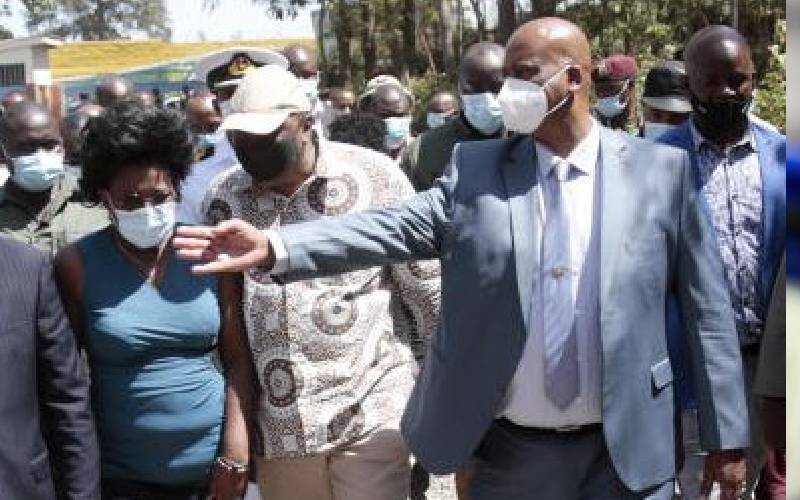×
The Standard e-Paper
Smart Minds Choose Us

President Uhuru Kenyatta and Nairobi Metropolitan Services Director General Mohammed Badi addressing residents after opening new Hospitals in Kayole and Dandora on Friday February 19, 2021.[Boniface Okendo,Standard]
Caesar Augustus, the founder of Rome, uttered these powerful words: ‘I found Rome a city of bricks and left it a city of marble.’ In essence, this is the task of everyone with authority over a city or an institution.